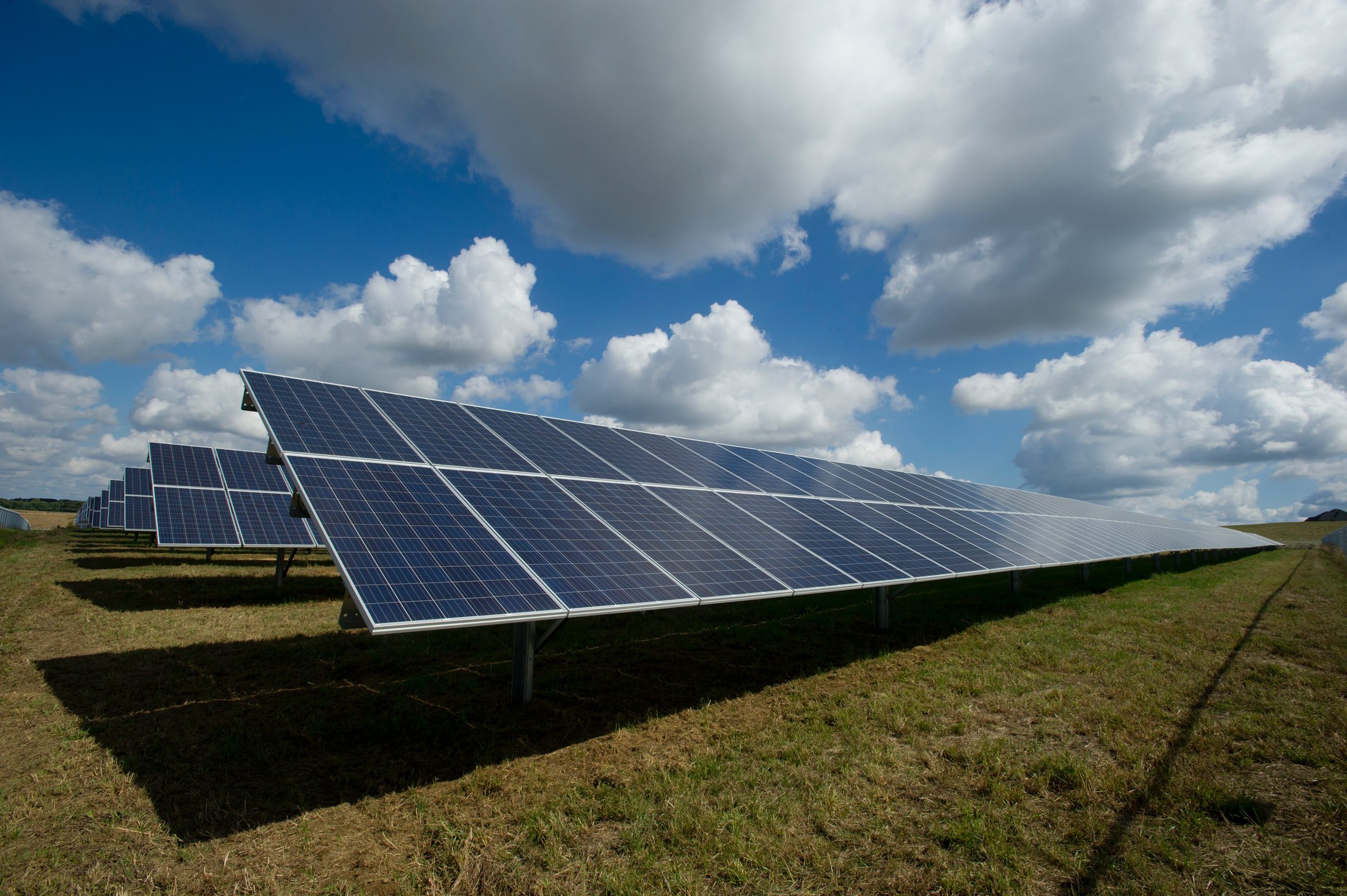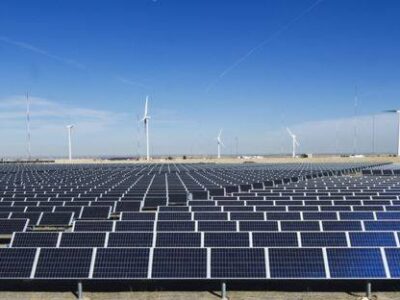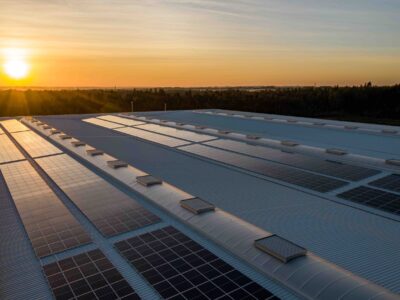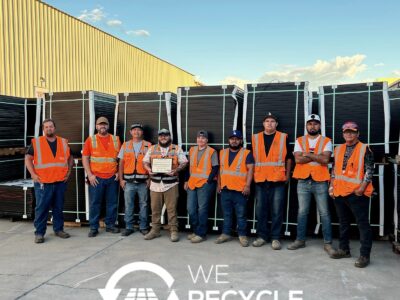An area of northern Indiana is about to become the heart of American solar energy generation. The aptly named “Mammoth Solar Farm” has recently become a site of significant investment from clean energy company Doral Renewables. Upon its completion in 2024, it is poised to become the largest solar farm in the United States by a wide margin and the third-largest in the entire world.
The project will undergo construction in three phases and will cover a whopping 13,000 acres of rural land between the state’s northern Starke and Pulaski counties.
At a size of roughly 1,000 football fields, the project will easily eclipse the Solar Star farm in California as the largest of its kind in the United States in both acreage and energy output.
This is an unprecedented step for the country as it looks to become a worldwide leader in renewable energy production. Not only has the United States never had a farm capable of passing the 1-gigawatt barrier, but the Mammoth farm’s estimated 1.65 GW will nearly triple Solar Star’s current capacity.
The farm’s announcement has come as a cause for celebration among sustainability advocates as well as state officials. At a state-held ceremony to commemorate the beginning of the new construction site, Indiana Governor Eric Holcomb expressed optimism for the project’s expected impact on the state both environmentally and economically. “It’s an incredibly electrifying day for the state of Indiana as we celebrate Doral Renewables’ significant investment in the future of energy generation and the state of Indiana,” said Holcomb in a statement. The project should bring about 500 jobs in construction as well as another 50 permanent jobs once the facilities are up and running. Additionally, the completed farm will make a remarkable difference in Indiana’s pollution metrics, removing 40,000 tons of greenhouse gas (GHG) emissions while also conserving about a billion gallons of irrigation well water each year.
This kind of legacy-building energy infrastructure expansion doesn’t come cheap. All in all, the project is expected to cost $1.5 billion once fully complete, with Doral shelling out nearly $500 million for the first phase alone.
There is a bit of a discrepancy that exists with construction numbers depending on where in the world they are built. While India’s Bhadla Solar Park has a capacity of 2.25 GW compared to Mammoth’s 1.65 GW, despite actually costing less to build, studies have shown that the cost of installing solar energy infrastructure in the US is around 3.5 times more expensive than in India. This means that the Mammoth project is actually more cost-effective than experts would have initially predicted. The financial viability of Mammoth is even more pronounced when compared to the Australia-Asia Powerlink, a project between Singapore and Australia that will produce a whopping 20 gigawatts of solar power– at an even greater cost of $30 billion.
Unlike the conventional thinking behind solar companies that prefer sunnier destinations for their projects like California and Arizona, Doral Renewables has caused a stir by opting for partnerships with states that are generally overlooked in the renewables discussion. Beyond the Mammoth site, which should propel Indiana to the forefront of national clean energy discourse, Doral has been building their Goonies Solar and Anthracite Ridge Wind sites in Pennsylvania as well as their Deere Acres Solar project in Delaware.





